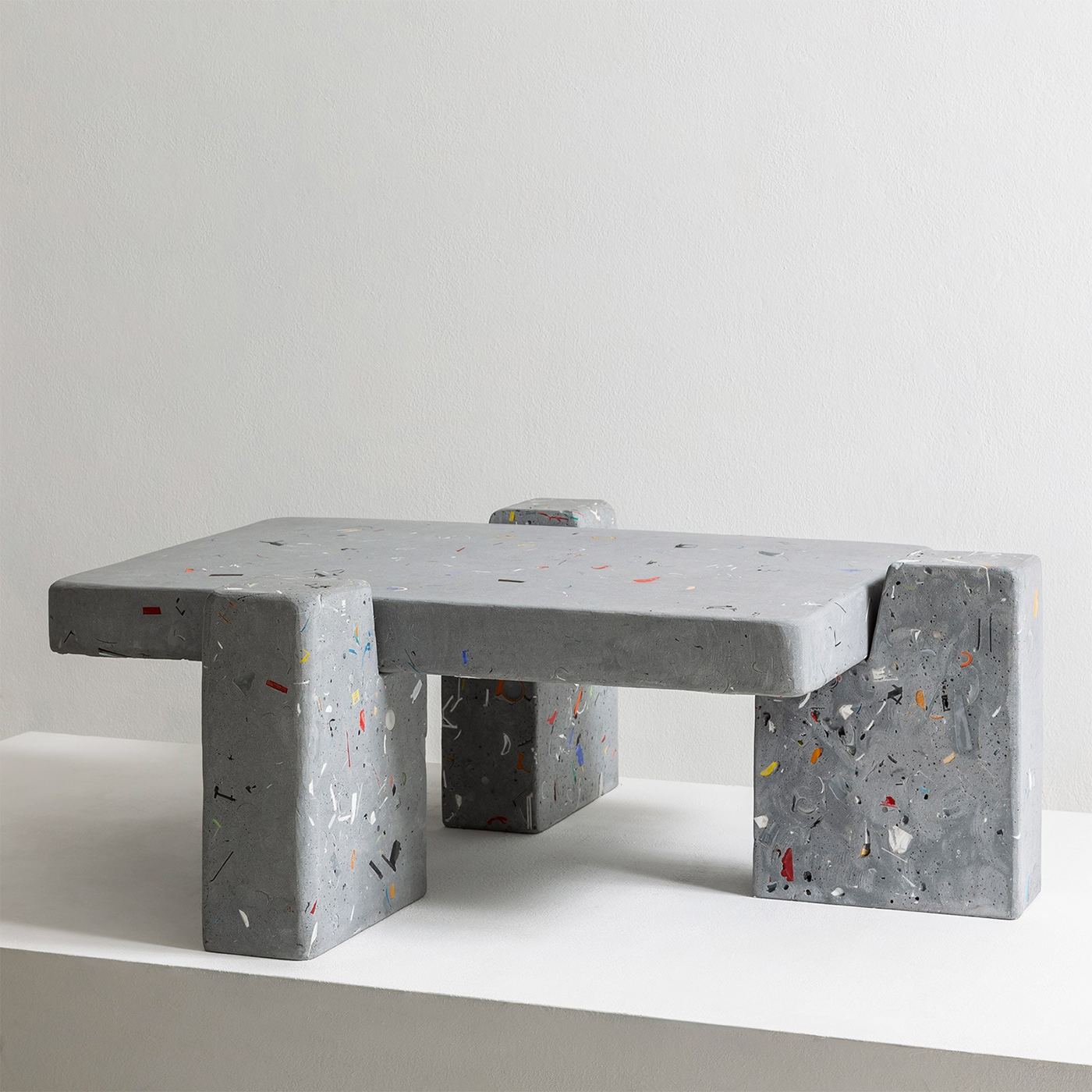DUCCIO MARIA
GAMBI
GAMBI
VIEWING ROOM ->
Duccio Maria Gambi (Florence, 1981). His work is as heterogeneous as the path he explored before opening his studio and laboratory in Paris in 2012. He has a solid theoretical background, thanks in particular to his studies on the Radical Movement in Florence and on interiors design in Milan. He has worked in several prestigious studios and artisan workshops, including anexperience at the Atelier Van Lieshout in Rotterdam, mastering different techniques and production processes. He won the Cedit Award at the 2017 edition of Miart and his work is part of the permanent collection of the Milan Triennale.

Duccio Maria Gambi blends and integrates the figures of the artist, the designer and the craftsman. In his practice he explores the potential of both artificial materials such as metals, concrete and polyurethane foam, and natural ones, such as marble, stone, onyx. The object is the center of his research: in the artist’s words it is intended as a descriptive exercise, the theme of which can indifferently be matter itself or space.
The artist’s creative process sees no solution of continuity between intuition, design andrealization, in a productive approach of an experimental designer that focuses on the single pieceand the small series. From a formal point of view it is the Central Italian tradition that emerges, in amarked aptitude for composition and volume. Geometric rigor and softness alternate, often linked to the autonomy and unpredictability of the material and openness to space, architecture and nature.
Brique et Beton develops a series of variations starting from the union of brick and concrete: the artist’s intuition guides the investigation around these two motifs typical of modernity, which interactin a game that accompanies them outside the perimeter of architecture. In the series of works from Guerra Fedda and Inerte Grafico, a clear ecological sensitivity emerges: in the first, some recovered tiles are used in new cement structures, for their ability to evoke a particular aesthetic of ahistorical period. The second series sees the immersion of plastic waste in concrete objects, skilfully brought back to the surface by the sculptural action, giving a unique character to each piece. Repetition and variation also guide the compositional rhythms of the artist’s foams, where rigid and clear cuts alternate with more informal moments, in a balance that is renewed step bystep.
© NEST ART
